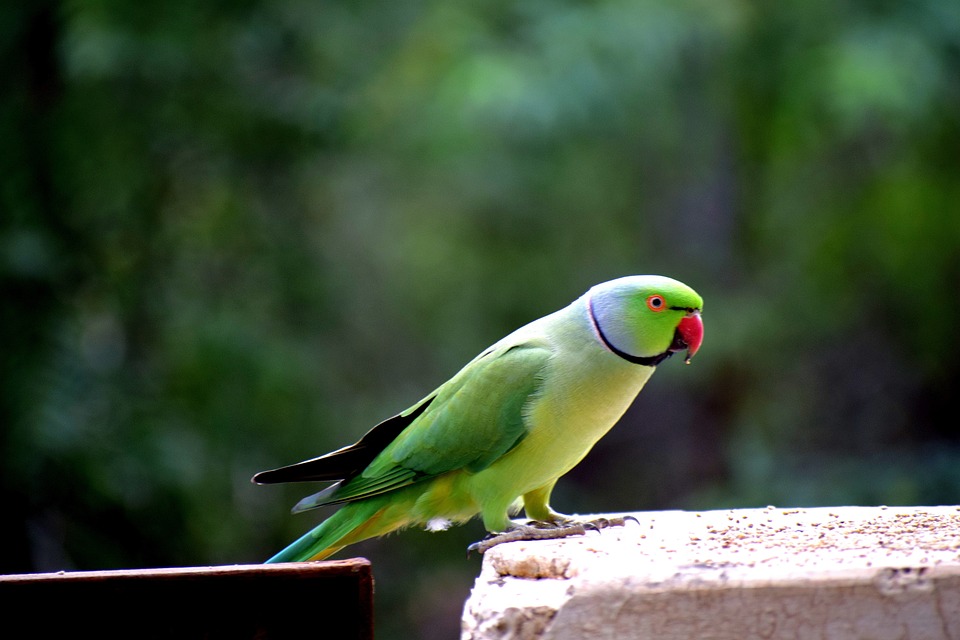Parrots are known for their vibrant personalities and ability to engage in playful and social behaviors. As a parrot owner, it is essential to understand and recognize signs of excitement and playfulness in your feathered friend. By doing so, you can ensure that your parrot is happy and healthy in its social interactions. In this article, we will explore the various ways parrots express excitement and playfulness, as well as provide answers to frequently asked questions about parrot behavior.
Recognizing Signs of Excitement:
1. Vocalizations: One of the most obvious signs of excitement in parrots is increased vocalization. Excited parrots may produce loud and cheerful chirps, squawks, or even mimic sounds from their environment. These vocalizations often serve as a way for parrots to express their enthusiasm and engage with their surroundings.
2. Feather Puffing: When a parrot is excited, it may puff up its feathers, creating a larger and fuller appearance. Feather puffing is a common behavior observed in parrots during moments of excitement, anticipation, or pleasure. It is their way of displaying heightened emotions.
3. Wing Flapping: Another sign of excitement in parrots is wing flapping. During social interactions or playtime, parrots may rapidly flap their wings to express their enthusiasm. This behavior is often accompanied by hopping or dancing, showcasing their joy and eagerness to engage.
4. Tail Wagging: Parrots communicate their excitement through tail wagging. Similar to a dog wagging its tail, a parrot will wag its tail feathers from side to side when it is happy and playful. This behavior is often seen when a parrot is interacting with its owner or engaging in enjoyable activities.
Recognizing Signs of Playfulness:
1. Head Bobbing: Playful parrots often engage in head bobbing as a way to express their eagerness to play. They will rhythmically move their heads up and down or from side to side, displaying their excitement and readiness for interaction.
2. Beak Grinding: Parrots may grind their beaks together when they are feeling playful and content. This behavior is often seen during social interactions or when a parrot is enjoying physical contact, such as gentle scratches or petting.
3. Foot Tapping: Playful parrots may tap their feet rapidly on a surface, such as a perch or the floor. This behavior is a sign of their excitement and anticipation, as they prepare to engage in playful activities or games.
4. Toy Manipulation: Parrots love to play with toys, and their playful behavior can be seen through their interaction with various objects. They may toss, chew, or manipulate toys using their beaks and feet, showcasing their playful nature.
FAQs about Parrot Behavior:
1. Why is it important to recognize signs of excitement and playfulness in parrots?
Recognizing signs of excitement and playfulness in parrots allows owners to gauge their bird’s emotional well-being. It helps in understanding their preferences for social interactions and provides opportunities to engage them in activities that promote mental stimulation and happiness.
2. How can I encourage my parrot’s playfulness during social interactions?
To encourage playfulness, offer a variety of interactive toys, engage in stimulating games, and provide opportunities for physical exercise. Spend quality time with your parrot, offering praise and positive reinforcement when it displays playful behaviors.
3. What should I do if my parrot seems overly excited or aggressive during social interactions?
If your parrot’s excitement escalates into aggression or excessive behaviors, it is important to consult an avian behaviorist or a knowledgeable avian veterinarian for guidance. They can help determine the underlying cause and provide appropriate solutions to address the issue.
4. Can parrots become bored or lonely if not provided enough social interaction and playtime?
Yes, parrots are highly social creatures and require regular social interaction and mental stimulation to thrive. Lack of playtime and social engagement can lead to boredom, loneliness, and potentially behavioral issues. It is crucial to provide them with a stimulating environment and quality time with their human companions.
By understanding and recognizing signs of excitement and playfulness in your parrot, you can foster a strong bond and create an enriching environment for your feathered friend. Remember to observe their behavior closely, provide appropriate outlets for play, and seek professional guidance when necessary. Happy parrots make happy companions!









